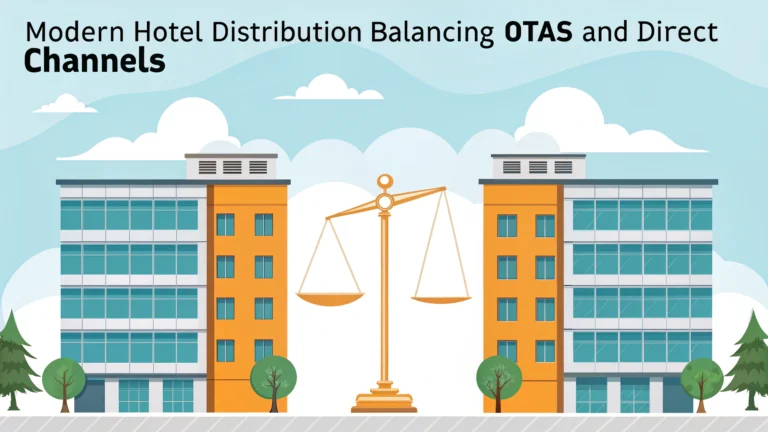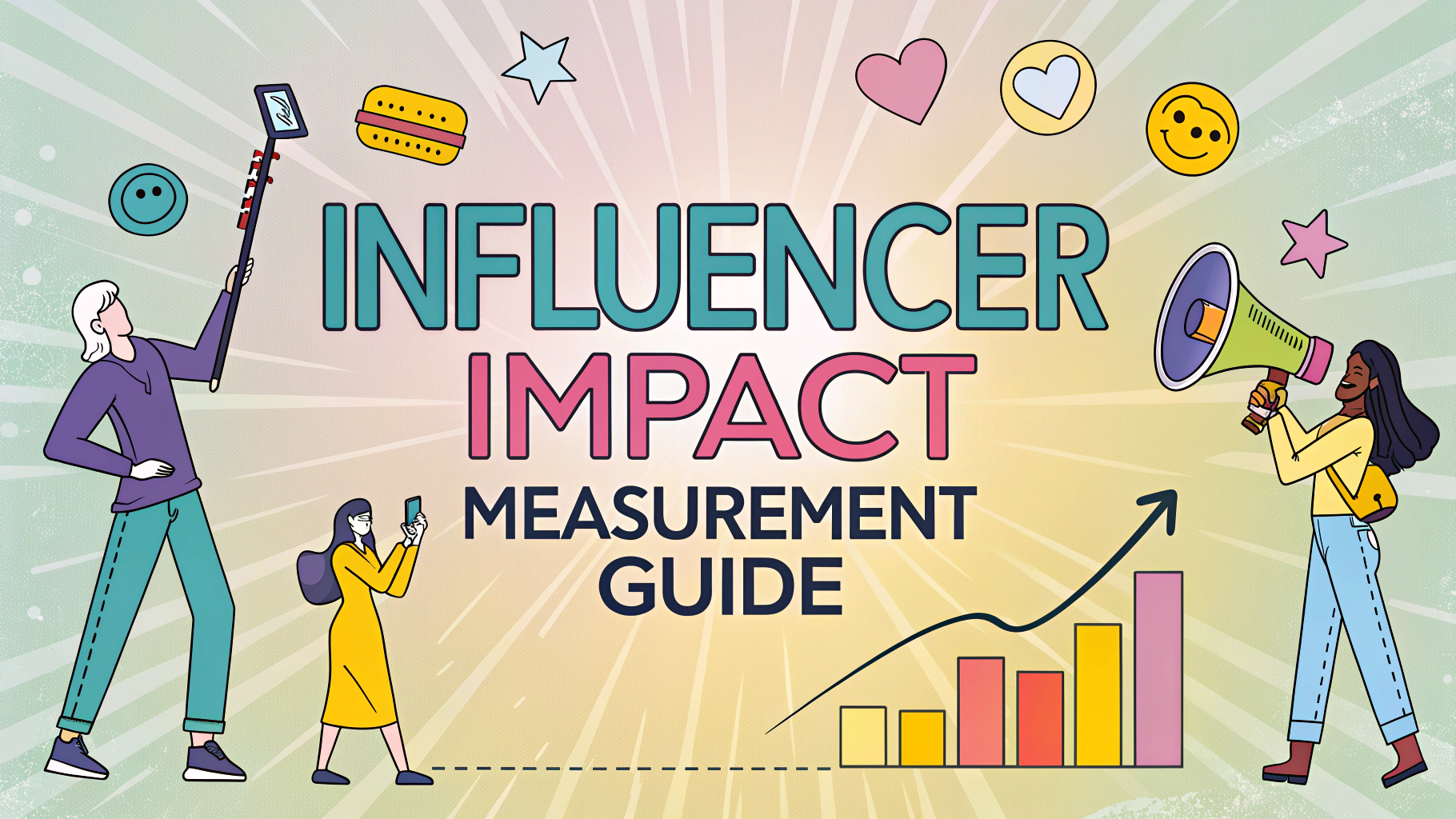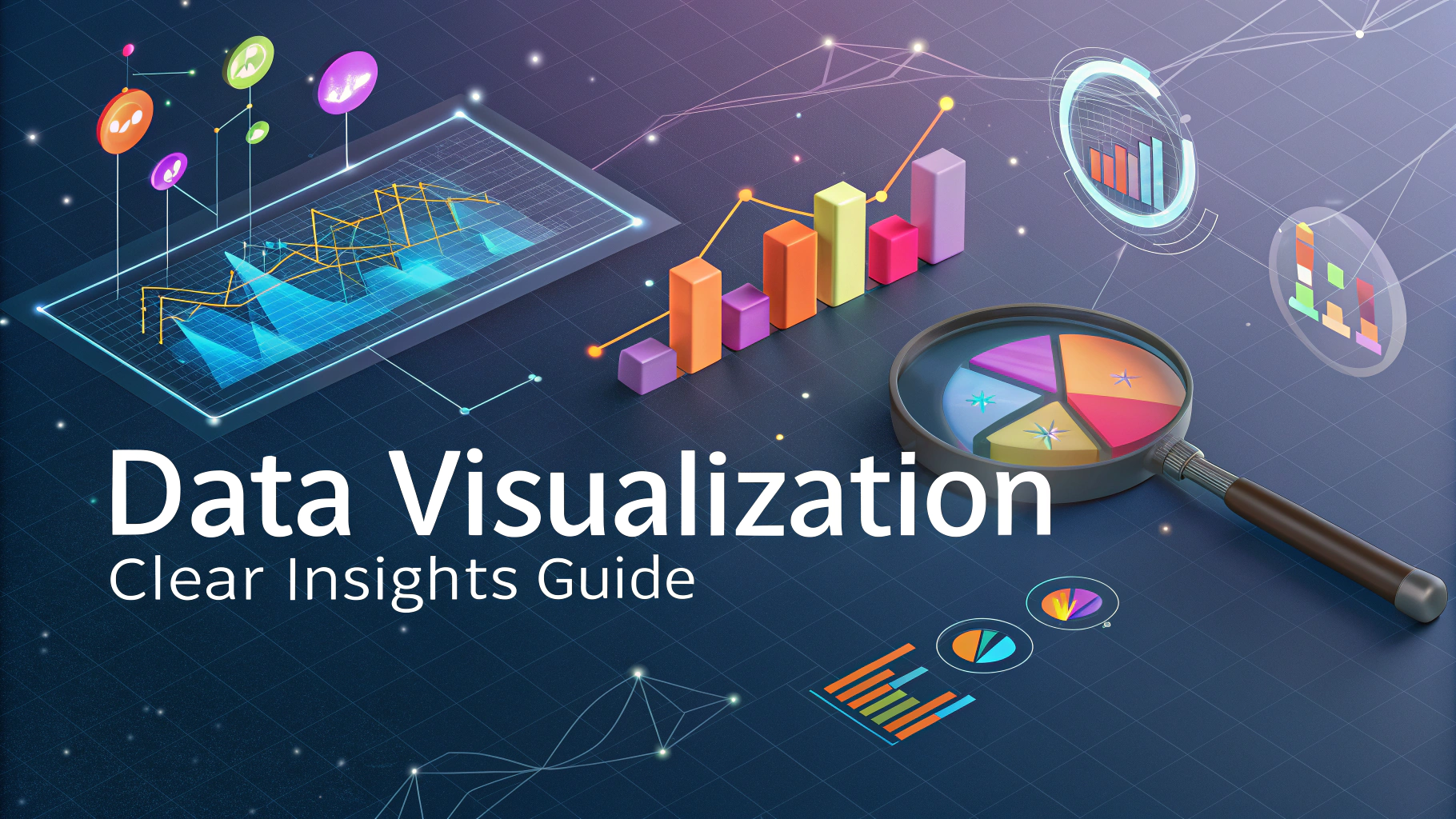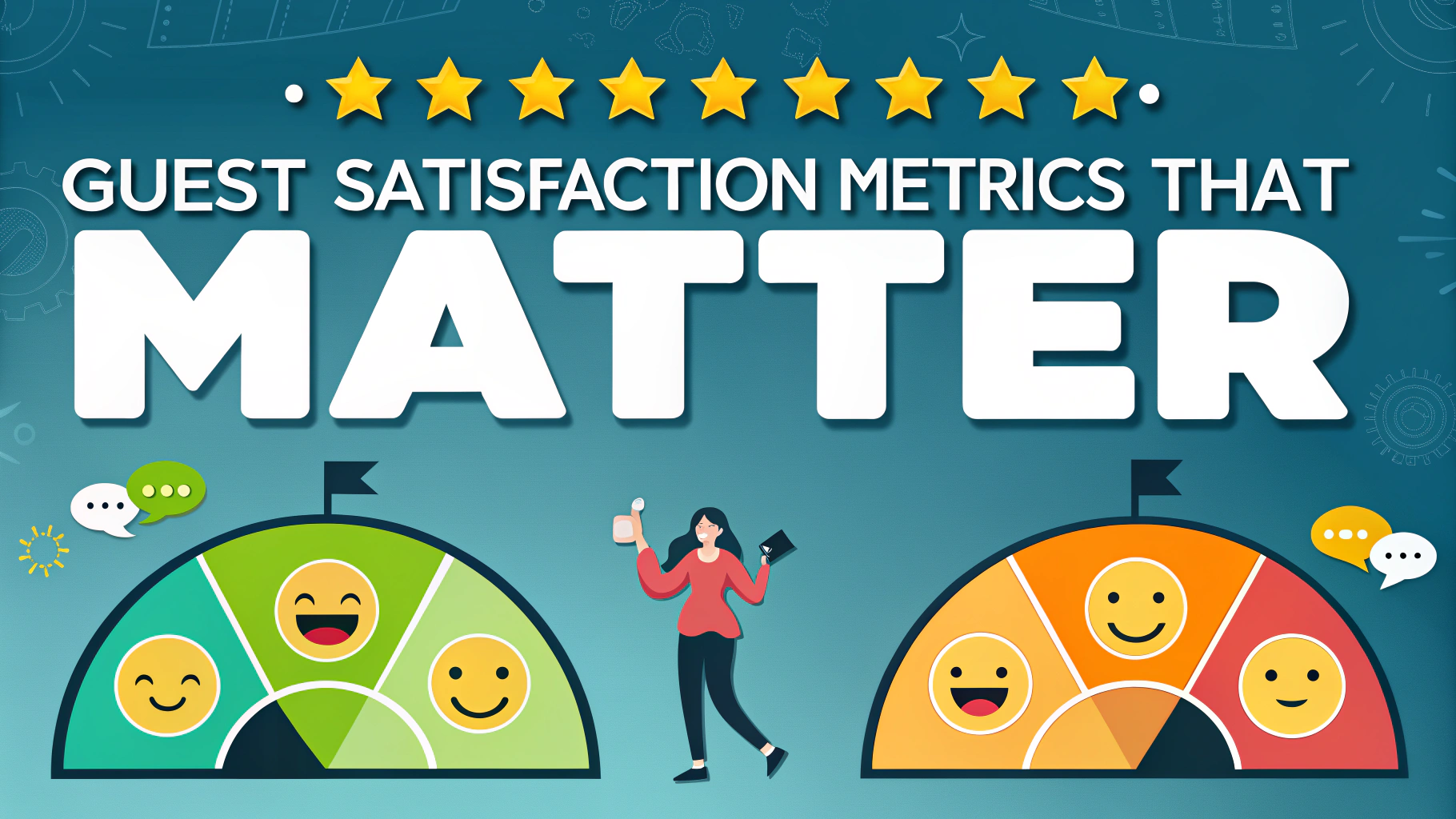The challenge of managing hotel distribution across online travel agencies (OTAs) and direct booking channels has become a defining factor in hotel revenue management.
Finding the right balance between these channels helps hotels maximize occupancy while maintaining healthy profit margins and building lasting relationships with guests.
This guide explores effective strategies for optimizing your distribution mix and creating a sustainable revenue strategy that leverages both OTAs and direct bookings.
Understanding OTA Dynamics
OTAs like Booking.com, Expedia, and Hotels.com provide hotels with extensive reach and visibility to millions of potential guests.
- Commission rates typically range from 15-30%
- Access to international markets
- Built-in marketing infrastructure
- Mobile-optimized platforms
- Instant payment processing
Benefits of Direct Bookings
Direct bookings through your hotel website or reservation system offer several advantages over OTA channels.
- Higher profit margins
- Direct customer relationships
- Access to guest data
- Control over the booking experience
- Opportunity for personalization
Creating an Optimal Channel Mix
A balanced distribution strategy typically allocates 60-70% to direct bookings and 30-40% to OTAs.
| Channel | Recommended Allocation | Key Benefits |
|---|---|---|
| Direct Website | 40-50% | Highest margins, customer data |
| OTAs | 30-40% | Market reach, instant visibility |
| Other Direct (Phone/Email) | 20-30% | Personal service, relationship building |
Strengthening Direct Booking Channels
- Website Optimization:
- Mobile-responsive design
- Fast loading speeds
- Clear calls-to-action
- Secure payment gateway
- Value-Add Incentives:
- Best rate guarantees
- Exclusive packages
- Free upgrades
- Loyalty programs
Managing OTA Relationships
Maintain positive relationships with OTA partners while protecting your direct booking strategy.
- Regular rate parity checks
- Strategic use of promotions
- Clear communication channels
- Performance monitoring
Technology Solutions
Implement these essential tools to manage your distribution effectively:
- Channel Manager
- Property Management System (PMS)
- Revenue Management System (RMS)
- Booking Engine
- Rate Shopping Tools
Building Your Distribution Strategy
Success in hotel distribution requires continuous monitoring and adjustment of your channel mix.
- Track channel costs and ROI
- Monitor booking patterns
- Analyze customer acquisition costs
- Review competitor strategies
- Adjust tactics based on seasonal demands
Moving Forward: Your Action Plan
Start optimizing your distribution strategy with these steps:
- Audit current channel performance
- Set clear goals for direct bookings
- Implement necessary technology
- Develop competitive pricing strategies
- Create compelling direct booking incentives
Contact major channel managers for demos and pricing: SiteMinder, DHISCO, or RateGain.
Measuring Distribution Success
Regular assessment of your distribution strategy’s performance is crucial for long-term success.
- Key Performance Indicators (KPIs):
- RevPAR (Revenue per Available Room)
- Channel-specific conversion rates
- Cost of customer acquisition
- Average daily rate (ADR)
- Booking lead times
Advanced Distribution Tactics
Seasonal Adjustments
- Modify channel mix during peak seasons
- Adjust OTA exposure for low periods
- Create season-specific packages
- Implement dynamic pricing strategies
Market Segmentation
- Target specific demographics per channel
- Customize offerings by market segment
- Develop segment-specific promotions
Future-Proofing Your Distribution
Stay ahead of industry changes by embracing emerging distribution trends:
- Voice booking integration
- Artificial Intelligence for pricing
- Blockchain technology
- Metasearch optimization
- Virtual reality tours
Mastering Your Hotel’s Digital Presence
Transform your distribution strategy into a competitive advantage through:
- Data-driven decision making
- Continuous channel optimization
- Strong brand positioning
- Technology integration
- Regular strategy reviews
Remember that successful hotel distribution is an ongoing process that requires constant attention and adaptation to market changes and guest preferences.
FAQs
- What are the main differences between OTA and direct booking channels?
OTA channels are third-party platforms like Booking.com and Expedia that charge commissions ranging from 15-30%, while direct channels are hotel-owned booking platforms like websites and apps that have minimal transaction fees but require investment in marketing and technology. - How can hotels effectively manage rate parity across different distribution channels?
Hotels can use channel management software to maintain consistent rates, implement automated price updates, monitor competitor pricing, and ensure contractual rate parity obligations are met while offering value-added packages on direct channels. - What is the typical commission structure for major OTAs?
Major OTAs typically charge base commissions of 15-25% for standard listings, with premium placement or preferred partner programs costing 25-30%. Commission rates can vary by market, hotel type, and negotiated agreements. - How can hotels increase direct bookings without alienating OTA partners?
Hotels can implement loyalty programs, offer exclusive benefits for direct bookers, improve website user experience, invest in SEO/SEM, and utilize email marketing while maintaining positive relationships with OTAs through rate parity compliance. - What role do metasearch engines play in hotel distribution?
Metasearch engines like Google Hotel Ads and Tripadvisor compare prices across multiple channels, allowing hotels to compete directly with OTAs for visibility and bookings through cost-per-click or commission-based models. - What are the essential technology tools for managing hotel distribution?
Essential tools include Channel Managers, Property Management Systems (PMS), Revenue Management Systems (RMS), Booking Engines, and Analytics platforms that integrate to streamline distribution operations. - How do mobile bookings impact hotel distribution strategy?
Mobile bookings account for over 50% of online travel bookings, requiring hotels to have mobile-optimized websites, apps, and booking processes while ensuring seamless integration across all devices and platforms. - What are the key performance metrics for evaluating distribution channel effectiveness?
Key metrics include Channel Costs, Revenue Per Available Room (RevPAR), Average Daily Rate (ADR), Booking Lead Time, Length of Stay, Cancellation Rates, and Return on Marketing Investment (ROMI) per channel. - How should hotels approach wholesale and bedbank distribution?
Hotels should carefully select wholesale partners, implement strict rate controls, monitor inventory allocation, and ensure contractual agreements prevent rate undercutting while maintaining profitable B2B relationships. - What is the impact of COVID-19 on hotel distribution channels?
COVID-19 has accelerated direct booking trends, increased focus on flexible cancellation policies, heightened importance of cleanliness messaging, and shifted market mix toward domestic leisure travelers across distribution channels.







